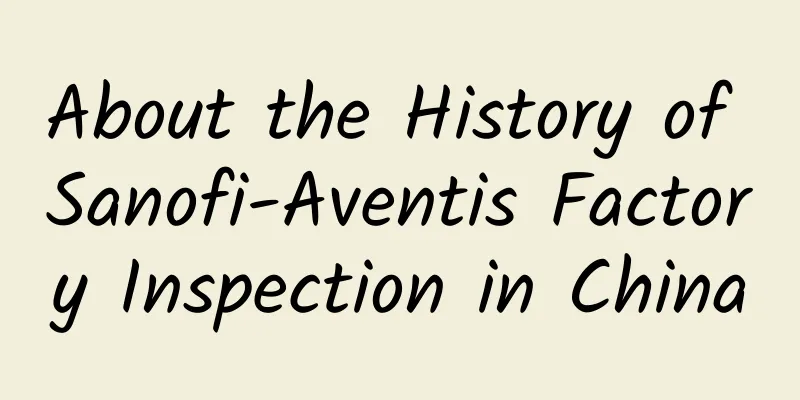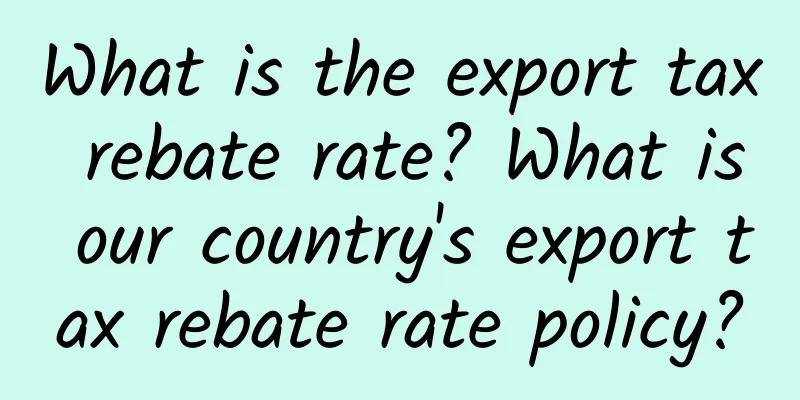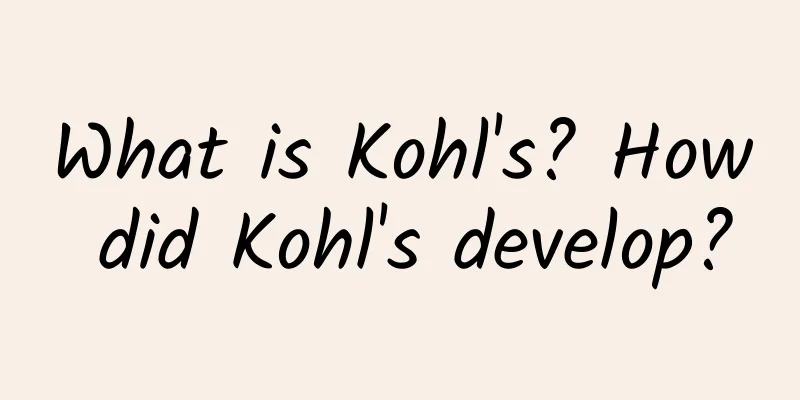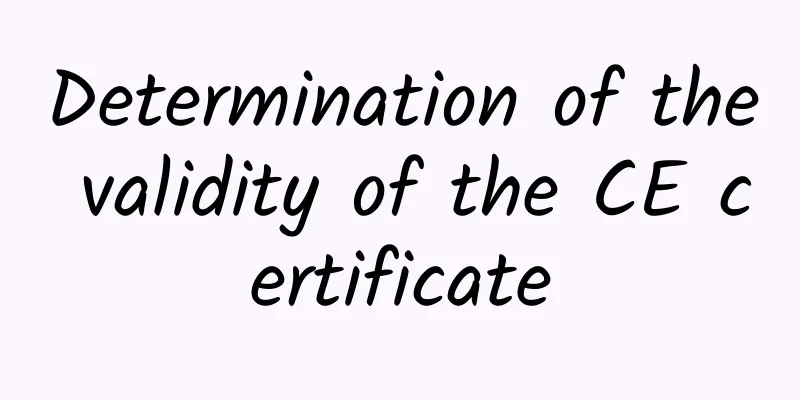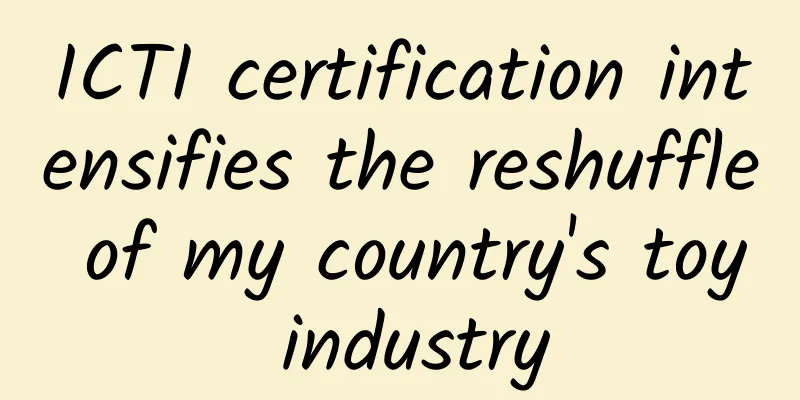What is Higg, what is the Higg Index, and what is SLCP?
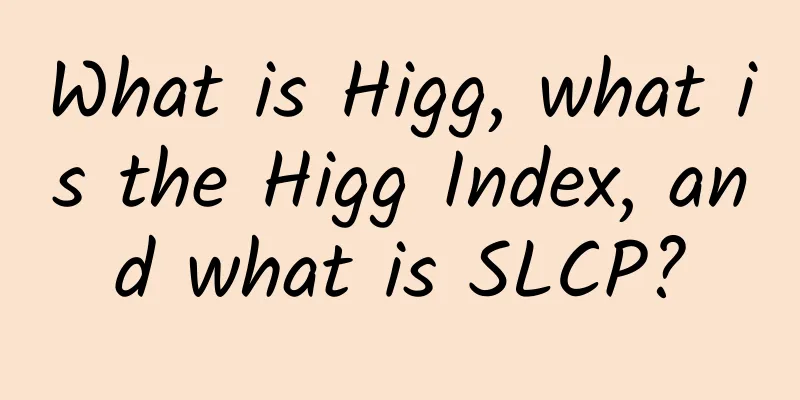
HiggA sustainability audit platform that helps you take responsibility for the impact of your entire product lifecycle - from materials to products, from factories to stores, from carbon emissions to working conditions. From audits to continuous improvement, accurately measure the environmental and social impact of a given product. Higg IndexThe Higg Index is a set of tools for standardizing the measurement of sustainability across the value chain and is at the heart of SAC’s mission to transform businesses to deliver exponential impact. It consists of a core set of five tools that together assess the social and environmental performance of the value chain and the environmental impact of products, including the Higg Factory Environmental Module (FEM), the Higg Factory Social and Labor Module (FSLM), the Higg Brand and Retail Module (BRM), the Higg Material Sustainability Index (MSI) and the Higg Product Module (PM). In topics such as water use, carbon emissions and labor conditions, consumer brands, retailers, manufacturers, governments, NGOs and consumers can use the Higg Index to inform their individual sustainability strategies and drive collective industry transformation. Over the past decade, Higg has worked with SAC members, consultants, stakeholders and industry experts to develop the Higg Index methodology using the latest scientific research. The Factory Environment Module (FEM) consists of seven parts: energy, greenhouse gas emissions, water, wastewater, sewage, exhaust emissions, waste and chemical management Each impact (part) consists of a three-level structure Level 1, Level 2 and Level 3 It reflects the general threshold for environmental practices. Generally (but not always) the answer to Level 3 is not “yes” unless both Level 1 and 2 questions are answered. However, there are prerequisites when you answer a question in the affirmative. In other words, if you have a Level 3 practice but no Level 1 practice, you will still receive a Level 3 score. • Level 1 = Awareness, understanding, and baseline performance • Level 2 = Planning and Management • Level 3 = Implementing sustainable development measures/demonstrating performance and progress There are no performance "thresholds" for the score evaluation of a facility (e.g., a range of "gold," "silver," "bronze"). It is up to each institution to determine how to interpret a facility's overall score. After completing this module, you will have a better understanding of your environmental performance level. It is recommended that you use the module's three-level structure to guide your facility towards continuous improvement in environmental management. Higg Factory Social and Labour Module (FSLM) SLCP – Social and Labour Integration ProjectSLCP falls under the category of social responsibility and can be done on three AHs (hosting platforms). The two are different platforms, and Higg is one of the hosting platforms (AHs) of SLCP. HiggAH, you must link SLCPGateway to perform subsequent operations. If not, you cannot verify or share. If the customer requires the factory to do SLCP, the factory can purchase and complete FSLM directly on HIGG, and needs to be associated with SLCPGateway. SLCP certification (Social & Labor Convergence Project). It is the abbreviation of the Social & Labor Convergence Project, which is committed to supporting stakeholders in improving working conditions in global supply chains by creating and implementing a simple, unified and effective industry-wide converged assessment framework (CAF) for social and labor data collection. Compared with other compliance audits, this framework will be standard-neutral: the focus is on collecting factory performance data in a unified and reliable manner, thereby enabling data sharing and comparison across brands and organizations. The SLCP project focuses on social and labor aspects and consists of nine core topics: recruitment and employment, working hours, wages and benefits, employee treatment, employee participation, health and safety, termination of employment, management systems, labor welfare and social impacts. |
<<: Key points for application of African cotton certification (CMiA certification)
Recommend
Background of ICS (Certification Inspection)
In the autumn of 1998, members of the French Fede...
What is Turbo Ad Finder? How does Turbo Ad Finder work?
Turbo Ad Finder is a Google plugin that will make...
What is the Lotus Pond Moonlight Forum? What is the content of the Lotus Pond Moonlight Forum?
Lotus Pond Moonlight Forum, Lotus Pond Moonlight ...
Barclays Bank
Barclays Bank, one of the world's largest ban...
The most comprehensive guide to opening a cross-border e-commerce store - eBay
What I want to talk about today is eBay, one of t...
What is the Export Foreign Exchange Verification Form? How to fill it out?
What is the Export Payment Verification Form? The...
GOTS organic cotton certification planting requirements
GOTS organic cotton certification planting requir...
Pearl River Delta toy companies downsizing and transformation model
Some labor-intensive enterprises in the Pearl Riv...
Huawei releases 2009 Corporate Social Responsibility Report in North America
Huawei has released its first annual Corporate Soc...
What are the listing techniques on eBay? What are the traffic-generating techniques on eBay?
eBay is different from other large e-commerce pla...
What are the benefits of passing the VF factory audit?
Textile colleagues, do you know the benefits of p...
How is Tokopedia? What do I need to prepare to open a Tokopedia store?
Want to open a store on Tokopedia? This is a ques...
Monoprix (factory inspection): retail adopts Gallery
Monoprix: Retail adoption of Gallery The leading ...
Walmart anti-terrorism factory inspection passed the standard
What is the passing standard for Walmart's an...
Don’t know how to open an eBay store? The steps and costs are clear at a glance!
Do you have many questions before opening an eBay...


